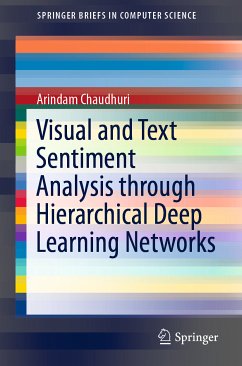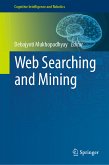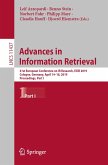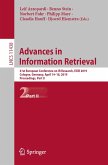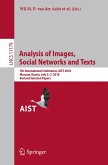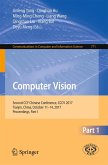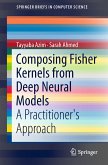The mathematical abstraction of the sentiment analysis model is presented in a very lucid manner. The complete sentiments are analysed by combining text and visual prediction results. The book's novelty lies in its development of innovative hierarchical recurrent neural networks for analysing sentiments; stacking of multiple recurrent layers by controlling the signal flow from upper recurrent layers to lower layers through a global gating unit; evaluation of HGFRNNs with different types of recurrent units; and adaptive assignment of HGFRNN layers to different timescales. Considering the need to leverage large-scale social multimedia content for sentiment analysis, both state-of-the-art visual and textual sentiment analysis techniques are used for joint visual-textual sentiment analysis. The proposed method yields promising results from Twitter datasets that include both texts and images, which support the theoretical hypothesis.
Dieser Download kann aus rechtlichen Gründen nur mit Rechnungsadresse in A, B, BG, CY, CZ, D, DK, EW, E, FIN, F, GR, HR, H, IRL, I, LT, L, LR, M, NL, PL, P, R, S, SLO, SK ausgeliefert werden.

